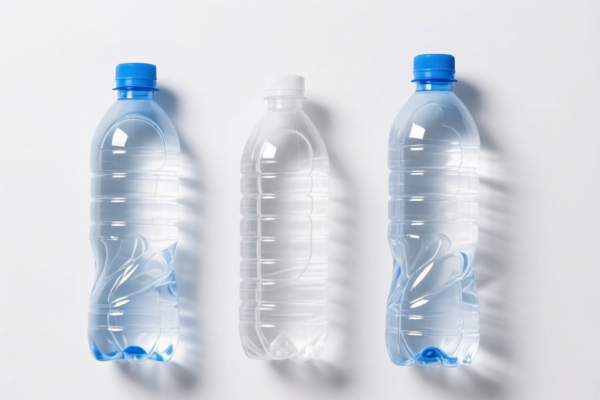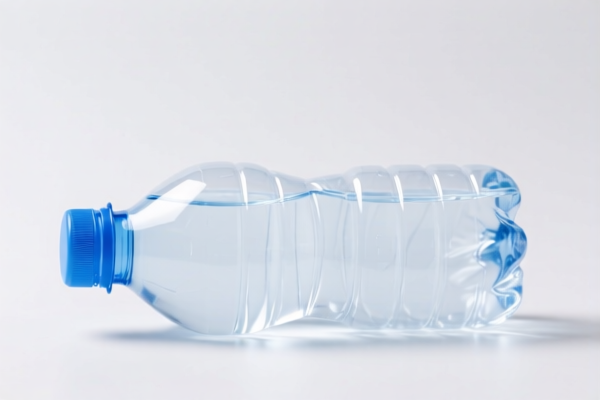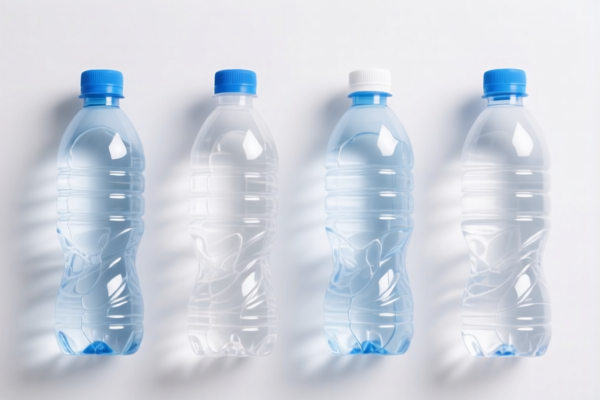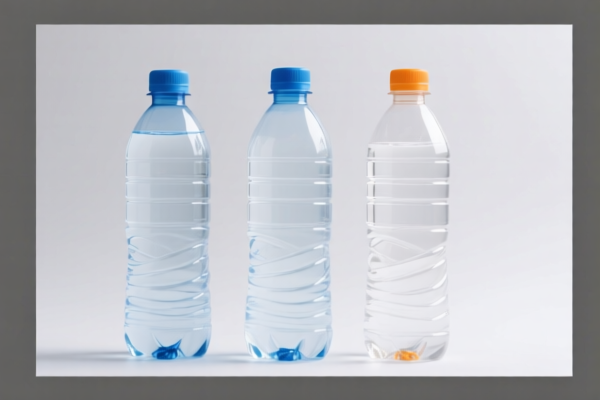| HS Code | Official Doc | Tariff Rate | Origin | Destination | Effective Date |
|---|---|---|---|---|---|
| 3923300010 | Doc | 58.0% | CN | US | 2025-05-12 |
| 3923300090 | Doc | 58.0% | CN | US | 2025-05-12 |
| 7010900520 | Doc | 55.0% | CN | US | 2025-05-12 |




Sub Bottle
A sub bottle, also known as a secondary container or decanter bottle, is a container used to hold a portion of a larger volume of liquid, typically for convenience, portability, or specific application purposes.
Material:
- Glass: Common for perfumes, essential oils, and certain chemicals due to its inertness and clarity. Often comes in amber or cobalt blue to protect light-sensitive contents.
- Plastic (PET, HDPE, LDPE): Frequently used for household chemicals, cleaning solutions, and personal care products. Offers lightweight and impact-resistant properties.
- Stainless Steel: Employed for storing and dispensing oils, solvents, and other liquids requiring resistance to corrosion and contamination.
- Aluminum: Lightweight and recyclable, used for certain sprays and aerosols.
Purpose:
- Portability: Allows for easier transport of liquids, particularly when travel-sized amounts are needed.
- Dispensing: Facilitates controlled application of liquids, such as with droppers, spray nozzles, or pour spouts.
- Protection: Shields the primary liquid container from damage or spills.
- Organization: Enables separation of liquids into smaller, manageable units.
- Aesthetics: Provides a more visually appealing or specialized presentation for liquids.
- Dilution/Mixing: Used to create diluted solutions or mixtures from a concentrated source.
Function:
The primary function of a sub bottle is containment. However, the specific functionality can be enhanced by the inclusion of various components:
- Spray Nozzles: Atomize liquids for even distribution.
- Droppers: Deliver precise amounts of liquid, often used in laboratory or cosmetic applications.
- Pour Spouts: Facilitate controlled pouring without spills.
- Caps & Closures: Provide a leak-proof seal and prevent contamination.
- Labels: Identify the contents and provide usage instructions.
Usage Scenarios:
- Travel: Carrying toiletries (shampoo, conditioner, lotion) in travel-sized sub bottles.
- Cosmetics: Storing perfumes, essential oils, or makeup removers.
- Household Cleaning: Dispensing cleaning solutions, detergents, or fabric softeners.
- Laboratory: Holding reagents, solvents, or samples.
- Automotive: Storing windshield washer fluid or other car care products.
- Food & Beverage: Holding sauces, oils, or vinegars.
- Arts & Crafts: Dispensing paints, inks, or adhesives.
Common Types:
- Spray Bottles: Equipped with a spray nozzle for atomizing liquids.
- Dropper Bottles: Feature a dropper for precise dispensing.
- Roller Bottles: Used for applying essential oils or perfumes directly to the skin.
- Boston Round Bottles: Cylindrical shape with a narrow neck, commonly used for chemicals and pharmaceuticals.
- Oval Bottles: Offer a unique aesthetic and are often used for cosmetics and personal care products.
- Flat Bottles: Space-saving design, frequently used for travel-sized toiletries.
- Flip-Top Bottles: Feature a hinged cap for convenient dispensing.
- Pump Bottles: Dispense liquids with a pump mechanism.
The declared goods, “sub bottle”, fall under articles for the conveyance or packing of goods, of plastics; stoppers, lids, caps and other closures, of plastics. Based on the provided information, the following HS codes are applicable:
- 3923300010: This HS code covers articles for the conveyance or packing of goods, of plastics; stoppers, lids, caps and other closures, of plastics: Carboys, bottles, flasks and similar articles Of a capacity not exceeding 50 ml. This code is suitable for sub bottles with a capacity of 50 ml or less. The first two digits, '39', indicate plastics and articles thereof. '23' specifies plastic packaging articles. '30' further defines bottles, flasks and similar articles.
- 3923300090: This HS code covers articles for the conveyance or packing of goods, of plastics; stoppers, lids, caps and other closures, of plastics: Carboys, bottles, flasks and similar articles Other. This code is applicable to sub bottles that do not fall under the capacity restriction of 50 ml or less, meaning bottles with a capacity exceeding 50 ml. Similar to the previous code, '39' denotes plastics, '23' plastic packaging, and '30' bottles, flasks, and similar articles.
Regarding both HS codes 3923300010 and 3923300090, the applicable tax rate is a base tariff of 3.0%, a surcharge of 25.0%, and a surcharge of 30.0% after April 2, 2025, resulting in a total tariff of 58.0%.
Customer Reviews
No reviews yet.